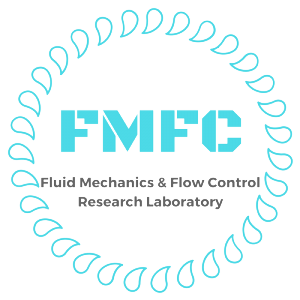Dispersion, transport and ecotoxicological risks of microplastics have over the last two decades focused mainly on the marine environment. While water is an effective transport mechanism of microplastics between terrestrial, freshwater and marine environments, air currents are known to distribute atmospheric particles very quickly.
Beyond the characterization of small plastic contaminates such as microfibers in still air, the inclusion of the effects of turbulence that occurs in the atmosphere is important to predict behaviour and transport. Hanson’s laboratory conducts physical experiments to provide modelling input of the transport dynamics of microplastics to further our understanding of the atmospheric pathway for plastic pollution.
